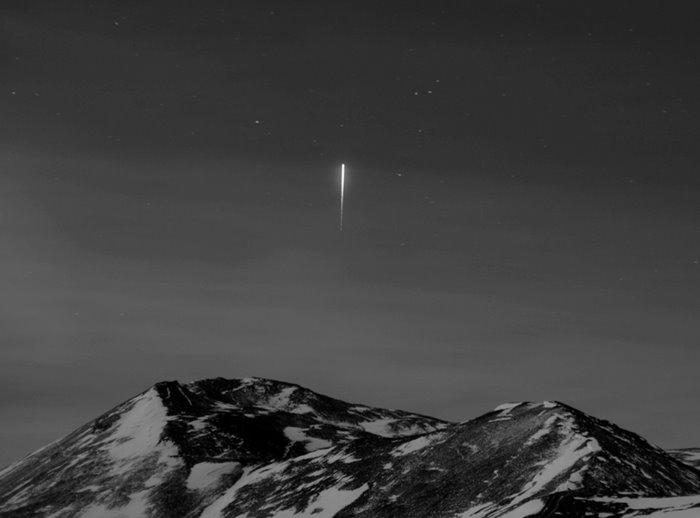




These are some picutres of the first flight of winfly as it landed. This means that new people are coming in and we are soon on our way out.


 These are some pictures of the runway lights. For those of us lucky to leave here in less than a week, seeing those lights definately put a smile on our faces. Those lights mean that the ice runway is almost ready and the planes will be arriving here soon. On those planes will be fresh fruits and some vegetables that we have not had for about 4 months, as well as some fresh new faces and friends that we have not seen since the station closed in late february.
These are some pictures of the runway lights. For those of us lucky to leave here in less than a week, seeing those lights definately put a smile on our faces. Those lights mean that the ice runway is almost ready and the planes will be arriving here soon. On those planes will be fresh fruits and some vegetables that we have not had for about 4 months, as well as some fresh new faces and friends that we have not seen since the station closed in late february.










